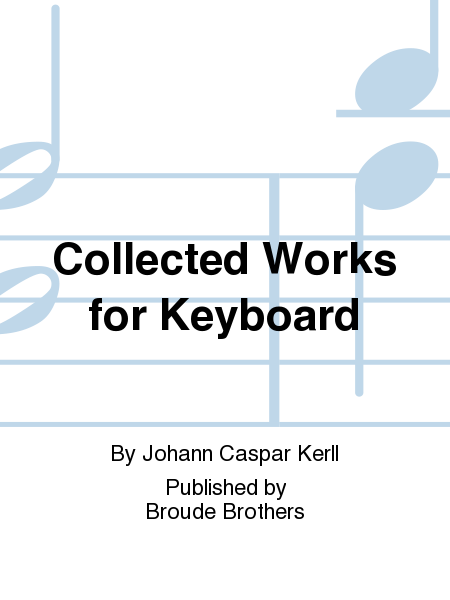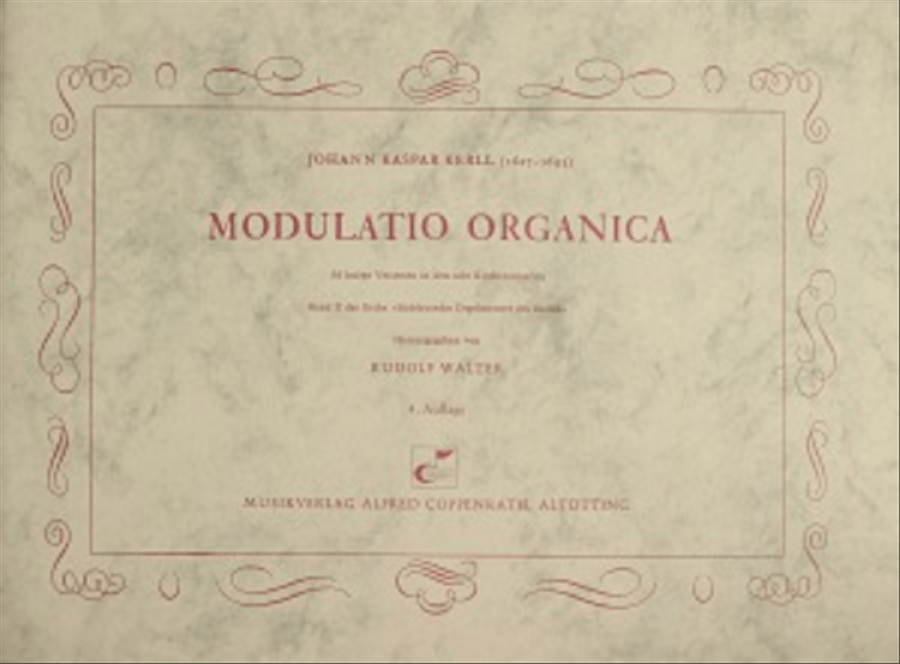Johann Kaspar Kerll (1627 - 1693)
 Allemagne
Allemagne
 Allemagne
AllemagneJohann Kaspar Kerll (April 9, 1627 ? February 13, 1693) was a German baroque composer and organist. Son of an organist, he showed outstanding musical abilities at an early age, and was taught by Giovanni Valentini, court Kapellmeister at Vienna. Kerll became one of the most acclaimed composers of his time, known both as a gifted composer and an outstanding teacher. He worked at Vienna, Munich and Brussels, and also travelled widely. His pupils included Agostino Steffani, Franz Xaver Murschhauser ... (Read all)
Source : Wikipedia
Source : Wikipedia
FREE SHEET MUSIC ORGAN - ORGAO
Active criterias:
Search on #ORGAN - ORGAO
| ||||||||||














 SHEET MUSIC
SHEET MUSIC